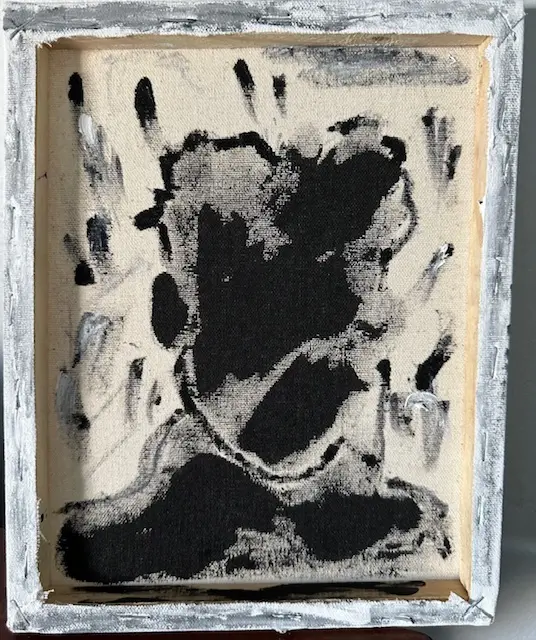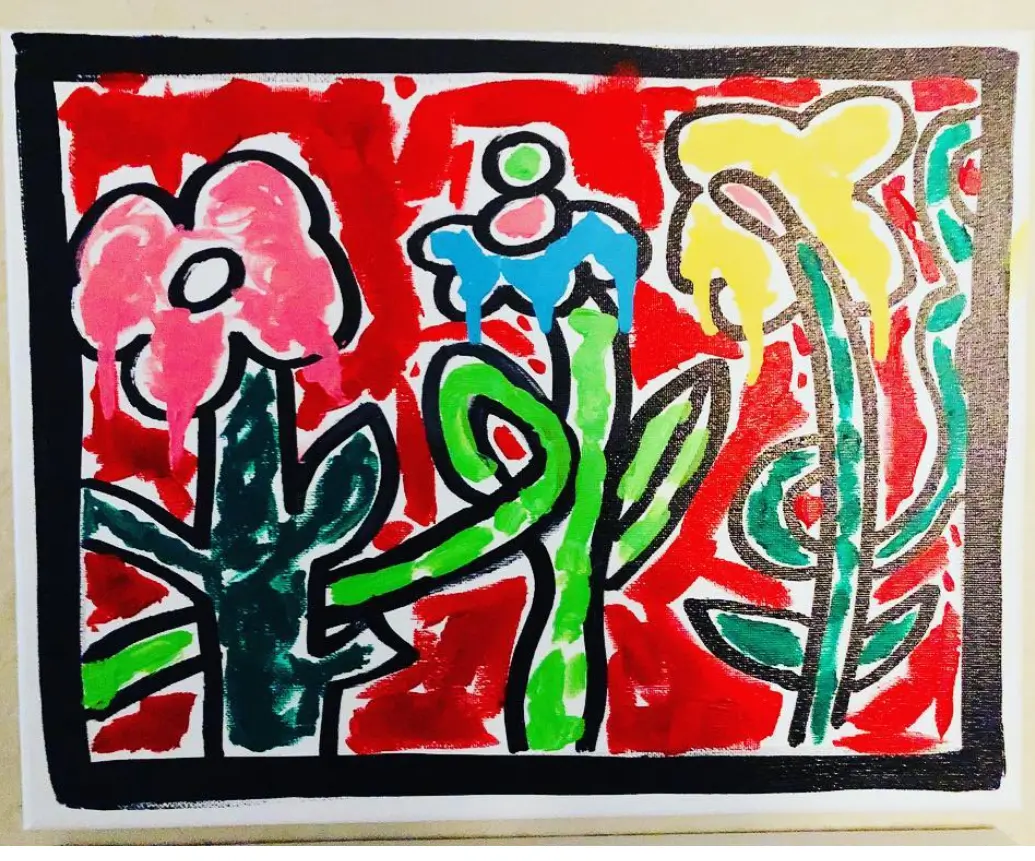As an artist, pricing your artwork can be a daunting task. You don’t want to overprice and scare away potential buyers, but you also don’t want to undervalue your work and cheat yourself out of a fair price. So, how do you strike the perfect balance? Here are some tips on how to price your art like a pro.
- Know Your Worth
First things first, you need to know your worth as an artist. Take into account your skills, experience, and the time and effort you put into each piece. Don’t compare yourself to other artists or undervalue your work just to make a sale. Remember, you’re not just selling a painting or sculpture, you’re selling a piece of yourself.
- Factor in the Cost of Materials
Before you set a price, consider the cost of the materials used to create your artwork. This includes everything from paint and canvas to frames and shipping materials. Make sure to factor in these costs to ensure that you’re not selling your work at a loss.
- Research Your Market
Take some time to research your market and see what other artists in your niche are charging for their work. Look at the prices of similar pieces and compare the quality and size to your own work. This will give you an idea of what prices are reasonable and competitive.
- Consider the Size and Complexity of Your Artwork
The size and complexity of your artwork will also affect the price. Larger pieces and those that require more time and skill to create should be priced accordingly. Don’t be afraid to charge more for a larger or more intricate piece.
- Be Flexible
While it’s important to have a set price for your artwork, it’s also important to be flexible. Offer discounts for repeat customers, bundle sales, or create limited edition pieces to increase demand. Don’t be afraid to negotiate with buyers, but make sure you’re not undervaluing your work.
- Don’t Forget About Marketing and Overhead Costs
Finally, don’t forget to factor in marketing and overhead costs when pricing your artwork. This includes the cost of promoting your work, studio space, and any other expenses related to running your art business.
Remember that pricing your art doesn’t have to be a headache. Know your worth, factor in the cost of materials, research your market, consider the size and complexity of your artwork, be flexible, and don’t forget about marketing and overhead costs. By following these tips, you’ll be able to price your artwork like a pro and sell your work with confidence.







